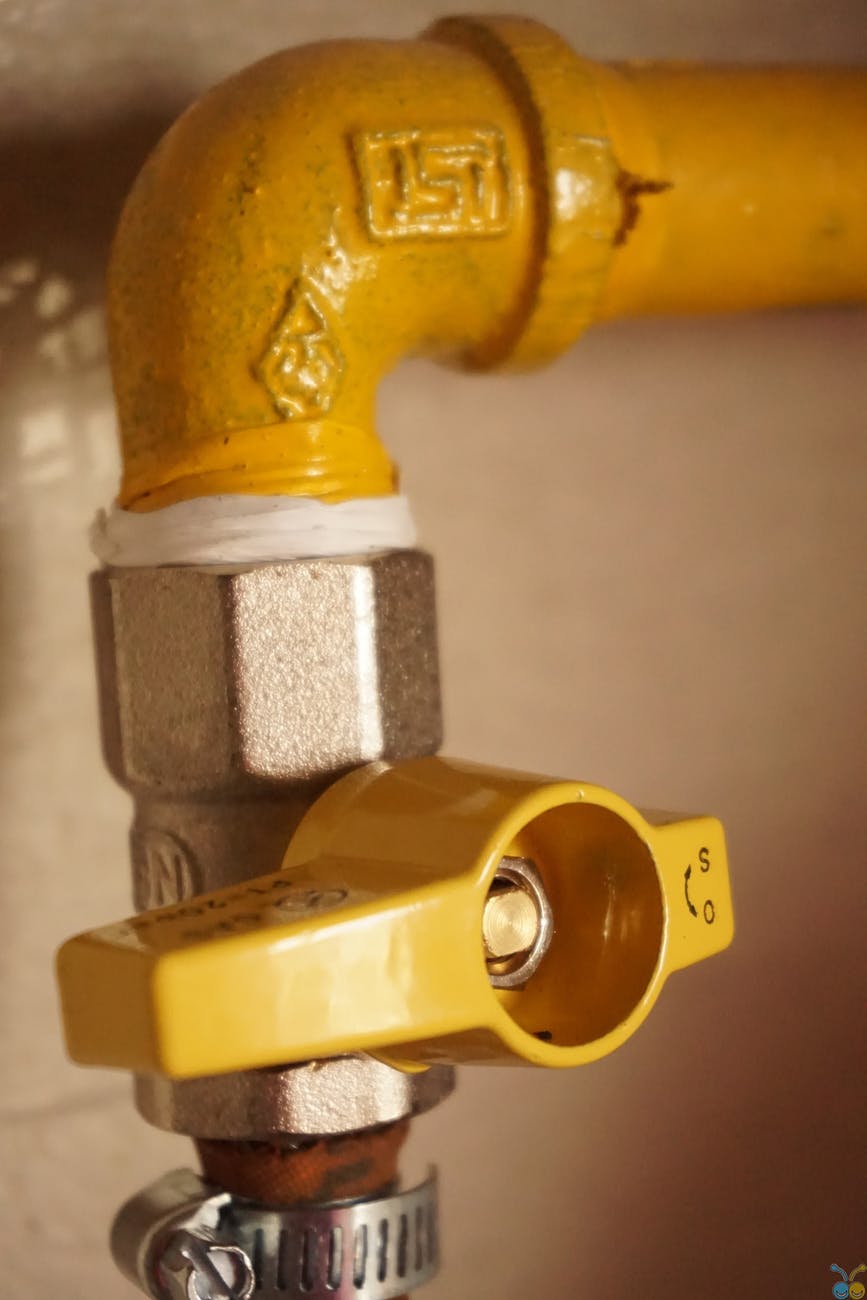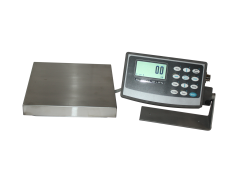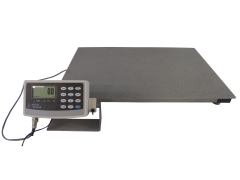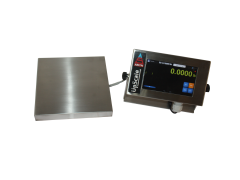 The Importance of Flow Rate and Gas Cylinder Scales Options
The Importance of Flow Rate and Gas Cylinder Scales Options
Weight measurement is one of the most common industrial processes and is performed by a wide variety of industrial scales. Another common industrial measurement is flow rate. Flow rate is important because it is used for fluids and liquified gasses. Many chemical processes need to know, and control, the rate of material being fed into a process. Dyes or colorants may need to be added to a process at a specific rate. Filling devices must often fill containers at a controlled flow rate.
A flow meter is an instrument used to measure flow rate of a liquid or a gas. It is a critical parameter in many processes to have accurate measurement of flow. For many operations, it is important to know that the fluid is transferred at the right pace and timing. The quality of many products can depend on the flow measurements and the ability to control it precisely. Don’t forget to also see the liquid weighing scales from Arlyn Scales.
- Bench scales may be used to weigh ingredients for various types of formulation.
- Platform scales can weigh the contents of 55-gallon drums.
- Parts counting scales are used to weigh components, and calculate the number of components based on weight.
- Floor scales weigh incoming and outgoing shipments
Gas Cylinder Scales can also be used to measure flow rate in industrial weighing scales. Our gas cylinder scales are designed to accurately measure weight of: ammonia, hydrogen chloride, carbon dioxide, liquid chlorine, sulfur dioxide, and other liquid gases
There are a number of different techniques that are used to measure flow rate. When measuring the flow rate of a liquid, there are a number of mechanical methods that may be appropriate.
- Piston meters measure positive displacement through rotational movement. Piston flow meters use a piston and a tapered cone. The piston is held in place at the base of the cone by a calibrated spring. This rotation can be converted into an electronic signal, which has made them an economical alternative to Rota meters for the purpose of flow rate indication and control.
- Venturi measurement causes a restriction to the liquid flow. Measuring the difference of pressure across that restriction will be an indication of the flow rate. In this way they measure the velocity of flow of fluids in a pipe and can be manufactured to fit any pipe size necessary. Since there are no moving parts like the Piston-type, temperature and pressure in the pipe does not affect the meter’s reading or its accuracy.
- A simple paddle wheel device placed within a tube of flowing liquid will have its speed of rotation vary with the flow rate. It is one of the most popular cost effective flow meters for viscous fluids. They offer different flow fittings and insertions styles and require a minimum amount of pipe diameters inlet and on the outlet of the pipe. Be cautious of using chemicals even if they may flow like water.
Non-mechanical methods to measure liquid flow
When the liquid includes particles, an optical device can measure the speed with which the particles are moving. It can be much more difficult to measure the flow rate of a gas as it is dispensed from its liquefied state within a gas cylinder. Many of the mechanical methods will not be accurate as the output may change with changes in temperature and other ambient conditions. Generally, optical methods are not at all useful.
All mechanical methods can be problematic when trying to measure the flow rate of materials which can cause corrosion or damage to the flow measuring device. Similarly, there is often the need to avoid contamination of the liquid by the flow meter itself.
For thee reasons it is often desirable to calculate the gas flow rate by measuring the change in weight of the gas cylinder over time. Outside conditions will not affect this type of a reading. While this principal is straightforward, it does place considerable demands on the accuracy and resolution of the scale being used. A liquefied gas cylinder can be quite heavy, in the range of 150 to 200 pounds. The actual contents, the liquefied gas, may be quite light in relation to the weight of the tank. And the rate of usage of the material may be quite small.
For example, there may be only one pound of material used within the period of one minute. If the scale had a sensitivity of 0.1 lb, and the measurements were taken at the beginning and end of the one minute time period, the flow rate could only be calculated to within 10%. If the time period used was 10 minutes, then 10 lb of material would have been used, and the accuracy could now be as close as 1%. But it is often not feasible to use such a long time period. It would certainly be very difficult to use these readings to control the flow rate with that time period. Another means of increasing the measurement accuracy is to use a scale with higher resolution and accuracy.
Typically accuracy is specified with a percentage of actual reading (AR), with a percentage of calibrated span (CS), or with a percentage of full scale (FS) units. The accuracy requirements should be separately stated at minimum, normal, and maximum flow rates. Unless you know these requirements or how to convert into these specifications, your flow meter’s performance in the gas scale may not fit your needs.
In industrial weighing scales where products are sold or purchased on the basis of a meter reading, absolute accuracy is critical. In other industrial weigh scales, repeatability may be more important than absolute accuracy. Ensure with the different stakeholders what the accuracy and repeatability requirements of each application are and to make it known to your team members.
The Arlyn Surface Acoustic Wave (SAW) scales are ideal for this purpose. For example, the 200 lb capacity Arlyn scale has a resolution of 0.002 lb. Using the same example as above, in a one minute time frame, the scale would measure the gas consumption to within 0.002 lb, giving an accuracy as close as 1/5 if 1%. In fact, the accuracy could still be about 1% if readings were taken as quickly as 12 seconds. This can allow the flow rate to be controlled, either manually or automatically.
The SAW scales are particularly good for this application because they are extremely rugged. A scale can easily be damaged when a gas cylinder is loaded on to the scale platform but the SAW scales boast a 200% overload capability, so they can withstand harsh treatment. Another benefit of using this type of scale is that it can also detect, and give notice of the low levels of material in a liquefied gas cylinder. The optional setpoint controller can be connected to a light, or buzzer system, to alert the operator to this condition.
Gas cylinder weight scales from Arlyn Scales are designed to weigh gas cylinders with precision and accuracy in order to reduce gas replacements costs and any shutdown time. The sleek design makes it accessible, which is ideal for easy positioning of cylinders. Our scales can withstand constant heavy-duty use without losing performance.
The Best in Gas Cylinder Weight Scales for Industrial Performance
Arlyn Scales is a leading manufacturer of gas cylinder scales for facilities of all kinds. We designed cutting edge load cells and scale technology to creates scales that are more accurate, more reliable, and longer lasting. We’ve outfitted an incredible number of manufacturing facilities with scales that have improved their functions and operations. We can offer guidance on prices, options, and necessary upgrades. Contact us online, where you can browse through the platform scales we offer, not to mention the sizes, capacities and upgrades we offer.




